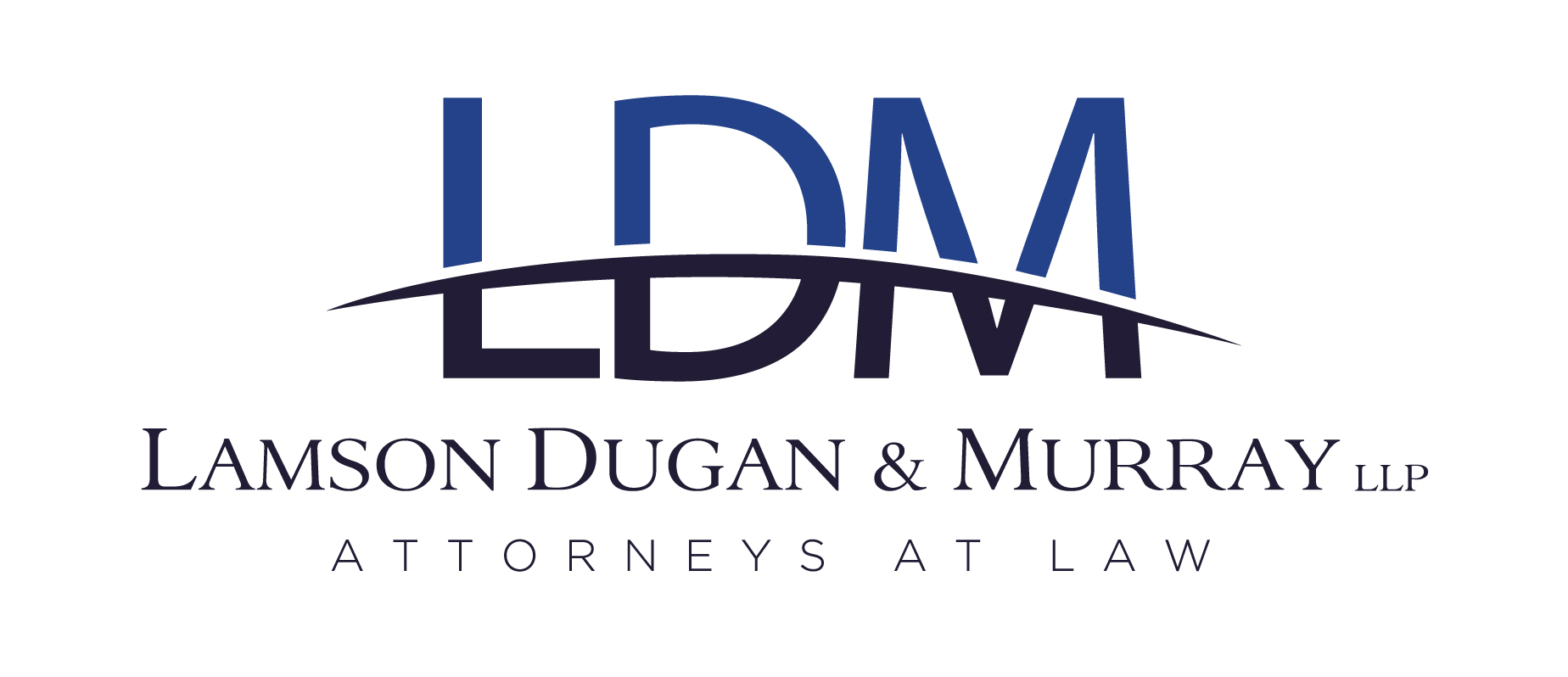If you are involved in litigation, you have likely heard that most medical negligence cases are resolved prior to trial. You may not know the mechanics of how lawsuits reach resolutions. One of the most common methods is mediation. Mediation is a process in which the parties to a lawsuit meet with a neutral person (a mediator) who assists the parties with negotiating a settlement of the case.
In recent decades, parties have sought less-expensive alternatives to traditional litigation. One of the most popular alternative dispute resolution (“ADR”) methods is the use of mediation. The cost and time involved in conducting a mediation are far less than that of a traditional trial, and mediation is often much less contentious and adversarial. Judges often take steps to encourage the use of ADR, seeking to reserve docket time for disputes that are unlikely to amicably resolve. To that end, many courts throughout the country at the state and federal level now require parties to participate in a good-faith effort to mediate their dispute before the case can proceed to trial.
Although each mediation is different, and different mediators employ their own methods of bringing the parties to resolution, one common method begins with the parties in a joint conference with the mediator. At the joint conference, the mediator will explain the purpose of the mediation to the parties and set the ground rules for how the mediation will proceed. These rules generally involve acting in good faith and attempting to consider the arguments and position of the opposing side. Sometimes, the mediator will allow each side to make a brief statement during this general session, outlining what that party sees as the strengths of its case or the weaknesses in the opposing party’s position.
After this joint conference, or at the beginning of mediation if the parties decide a joint conference would not be productive, the mediation typically breaks into private caucuses where each party speaks to the mediator separately and confidentially. At this point, the mediator is in the role of shuttling messages, demands, and offers between the different parties. The benefit of this approach is that the mediator can gauge what type of messaging will be most effective to bring the parties together. After multiple rounds of demands and offers, the mediator can typically determine whether a resolution is likely and what amount will be needed to settle the case.
When a case proceeds to trial, it is ultimately a judge and jury who determine the outcome of a case. In a mediation, the parties are given the opportunity to exercise control over how their case is decided. Much like a trial, mediation presents an opportunity for parties to present their side of the dispute and be heard by a neutral party. Although mediation is not universally successful, it is a useful tool for resolving difficult cases that would otherwise be left to a jury to decide.


Leave A Comment